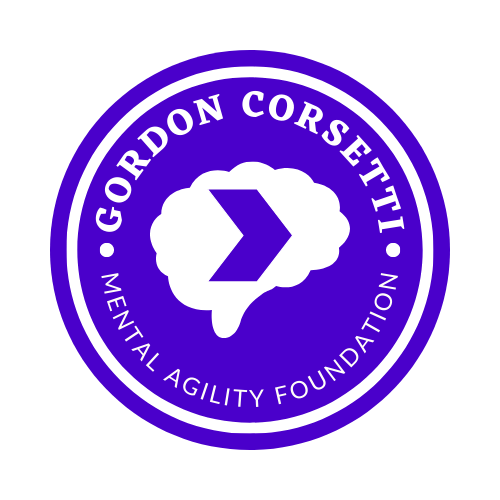Tracking Everything
/“What gets measured gets managed.” - Peter Drucker
It is an arduous task attempting to change your mood or your behaviors without any sense of what they are, or when they occur. This is why I use an app called Daylio to track my mood multiple times each day, and have been tracking several behaviors and more specific moods using a DBT Diary Card. I recently digitized my diary card into a Google sheet because I like to color code entries. Yes, I am a nerd, and I am perfectly okay with that.
Here are examples of this past week. I start on Tuesdays because that is when I meet with my counselor.
I’ve become quite fond of this diary card because I believe in Peter Drucker’s message - you can only manage what you measure. In my work as an instructional designer my team and I are constantly analyzing job performance and issues, to map where we are missing important pieces of online or classroom learning. As a referee, I’ve spent years conducting and being on the receiving end of post-game evaluations, where every aspect of an official’s performance is critiqued. All of this is because we want to improve.
When I had recently started my job at US Lacrosse managing officials education in the men’s game, I was asked by a skeptical person via social media if a referee could really get better with education. I replied with: “I have never met any person, in any profession who could not improve so long as they had a sincere desire to do so.”
The same mindset applies to recovery from mental illness. The treatment center that I attend is data-driven. My counselor and psychiatrist review my diary card, my mood tracker, and even the private journaling that I do. All to identify when I am feeling a certain way so we can figure out why I’m feeling that way.
My regular mood tracking with Daylio has already borne fruit. Here is what my mood looked like in September compared to December and January:
September, 2019
December, 2019
January, 2020
What does the data mean? I have a few interpretations.
In September, I had two significant dips, followed by a few positive days, and then several up-and-down days. This was also before my return to the hospital in October and the start of my ECT treatments. Lesson to be learned? Anytime my mood dips to such a low level twice in a week, I need to take corrective action. Otherwise, I may have to deal with a more serious problem.
In December, following a full course of ECT and a new medication regimen, I had a fairly stable month. A few valleys, but mostly neutral to positive moods. Lots of small ups and downs, which indicates a mind settling in to new routines and ways of thinking.
In January, so far, I’ve had one dip into a lower mood, with a quick return to a state of happiness. I’m concerned about that dip, and have taken measures to prevent a second decline. Mainly: better eating, more yoga, more reading, and an earlier bedtime. What I’m excited to see is that the peaks and valleys more spaced out compared to December. If you consider my mind as an ocean and me in a tiny boat; it is much easier to navigate when the swells and waves are less pronounced.
Then of course, there is this blog. I find that the better I feel, the more I write. Not too earth-shattering of a revelation; we all do more when we feel good, but it is another useful measuring stick to evaluate how I am being. Couple days since I last wrote? That’s normal. A week or more? I’m most likely in a slump. Or in a severe writer’s block and in a slump because of it.
If you find yourself constantly buffeted by the waves of your mind and the winds of your emotions, I highly encourage you to download an app like Daylio and track your mood. You’ll get a better sense of which days are your good days, which ones are your bad days, and then you can analyze your data to identify why you feel what you feel.








